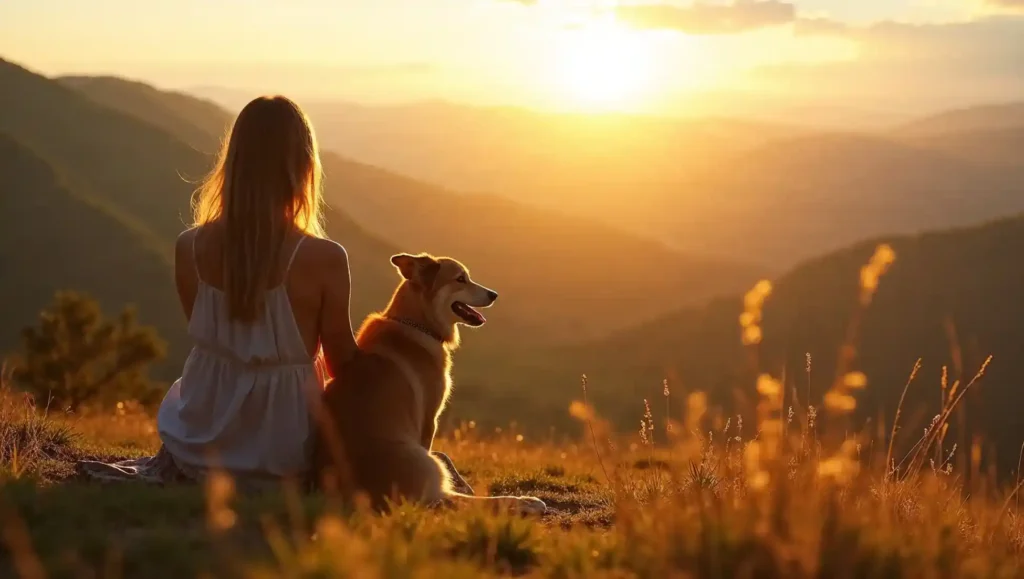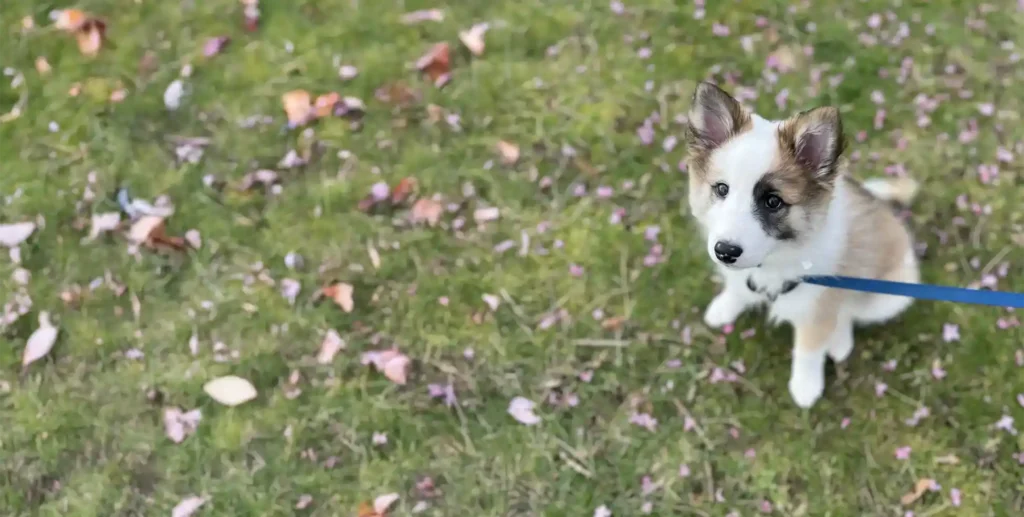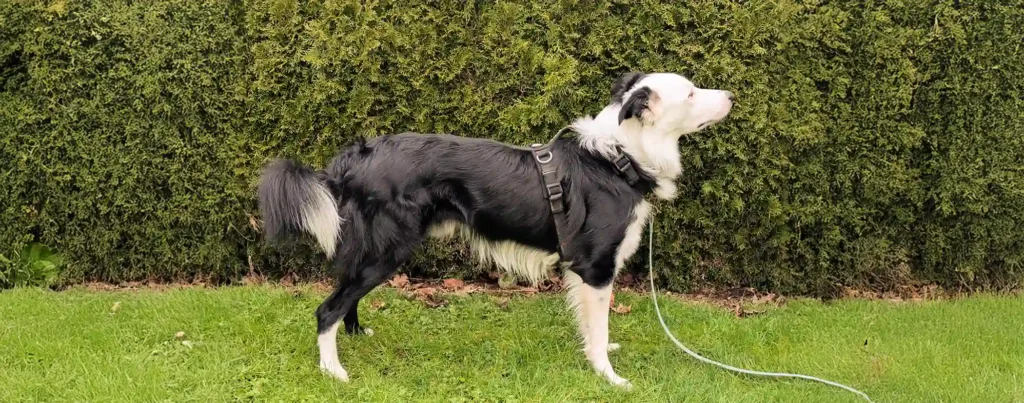The Importance of Building a Connection
One of the most important life skills we can teach our dog is to check in—or default to us—when there is something salient in the environment. This ability to check in, to disengage from the environment and make a connection, shows trust and teamwork; and it is the critical piece we DON’T see in a reactive dog.
Real-Life Example: Checking In With Your Dog
A few summers ago when my young border collie was still a puppy, my training friend also had a very young dog. We had finished our agility training in Abbotsford at the barn when my friend noticed a herd of cattle across the road standing beside the fence. Seeing it as a great social opportunity for our young dogs we decided to bring them across the road for a look-see. My friend with her cattle dog went first and I was able to observe his reaction. It was spot on. Sarah and Poco came around the tall hedge to the road, Poco saw the herd of cattle and then immediately, without prompting, turned back to Sarah and sat in front of her. My dog Killy was behind; he took two or three seconds to process the herd, and then turned back to look up at me. At that moment of offering eye contact, we both marked and fed. It was a perfect example of a real life response that we had been training for!
Training Check-Ins at Any Age
This can be started when you have a baby dog but really, at any age in our dog’s life, we should be looking for/training this response and mark+reward whenever we see it.
Step-by-Step: Teaching Your Dog to Check In
The process is simple. You are on a social outing with your 12 week old puppy and you notice a woman coming out of her gate a half block ahead. You pause and wait for your puppy to take notice. As long as there is no excitement or stress, allow your puppy to process and take in the event. The moment your puppy looks back up at you, mark with either your clicker or a verbal marker, and back up a few steps, rewarding with a few high valued treats. Make a deal out of it! Your puppy just made an excellent choice and you are validating that.
Tips for Reinforcing the Check-In Behavior
The same goes for any age of dog—it is important that you are mindful of what to look for, to not guide or direct your dog’s eye contact (it needs to be his choice!) and to have a well-installed marker at the ready to indicate when the check in happens. The more you become aware of this behaviour, the more you will see it show up and the more opportunity you will have to reinforce it.
And the more it will happen.
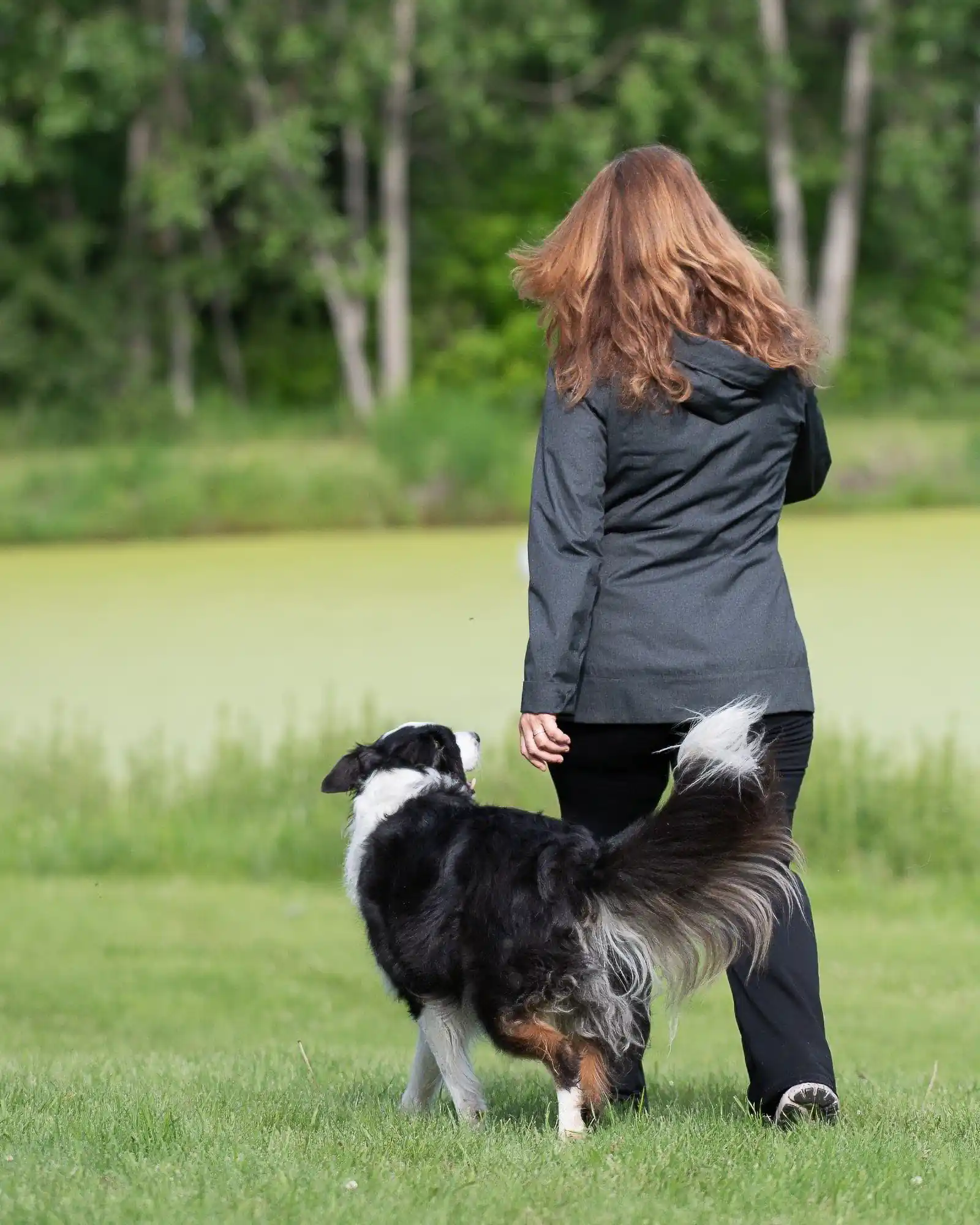
Using the Engage Disengage Game for Reactivity
If your dog struggles to disengage from his environment, the basic Engage Disengage Game can be a useful protocol. Start by marking (with either your clicker or your verbal marker) the “thing” that shows up in your dog’s environment, the thing he is sensitive to, be it other dogs, skateboards, children, etc. When he notices, mark and reward. Make a game out of it—an “eye spy” of sorts. Your dog notices something highly stimulating…you click and reward. For me, I like to toss the treat away from the event with a reset cue: Get it!
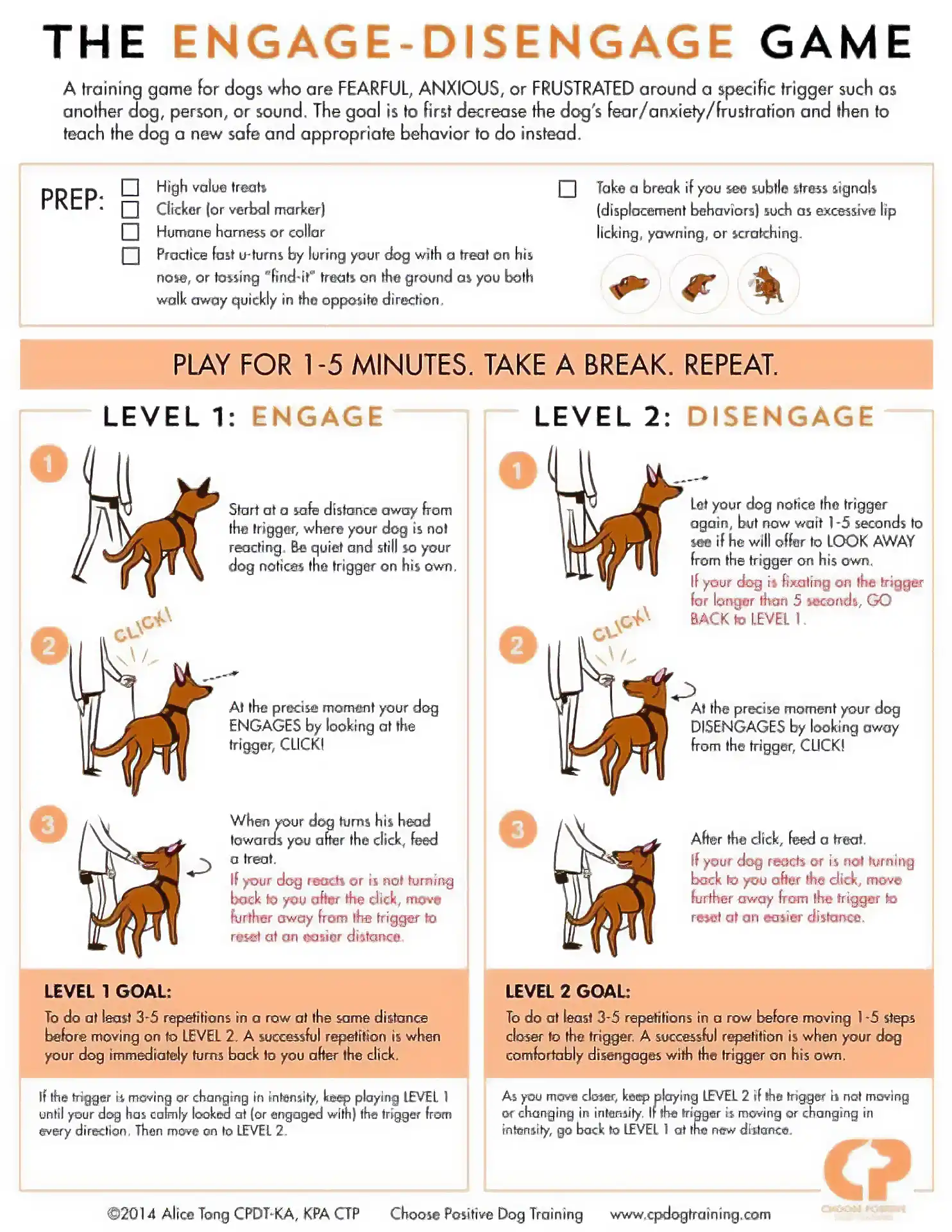
Advancing the Game: Rewarding the Check-In
Once your dog is comfortable noticing things and expecting reinforcement from you, you can shift to the second part of the game: let your dog notice the situation and wait for a turn back, that wonderful check in. At this point you want to mark and reward by backing away and bringing your dog close to you, making a fuss and giving several treats by hand. Your dog has made a fantastic choice and you want to pay for that.
Preventing Reactivity Through Connection
By doing this from puppyhood onward, you are more likely to avoid reactivity or at least have tools to navigate your way out of it, as periods of reactivity often show up around adolescence.
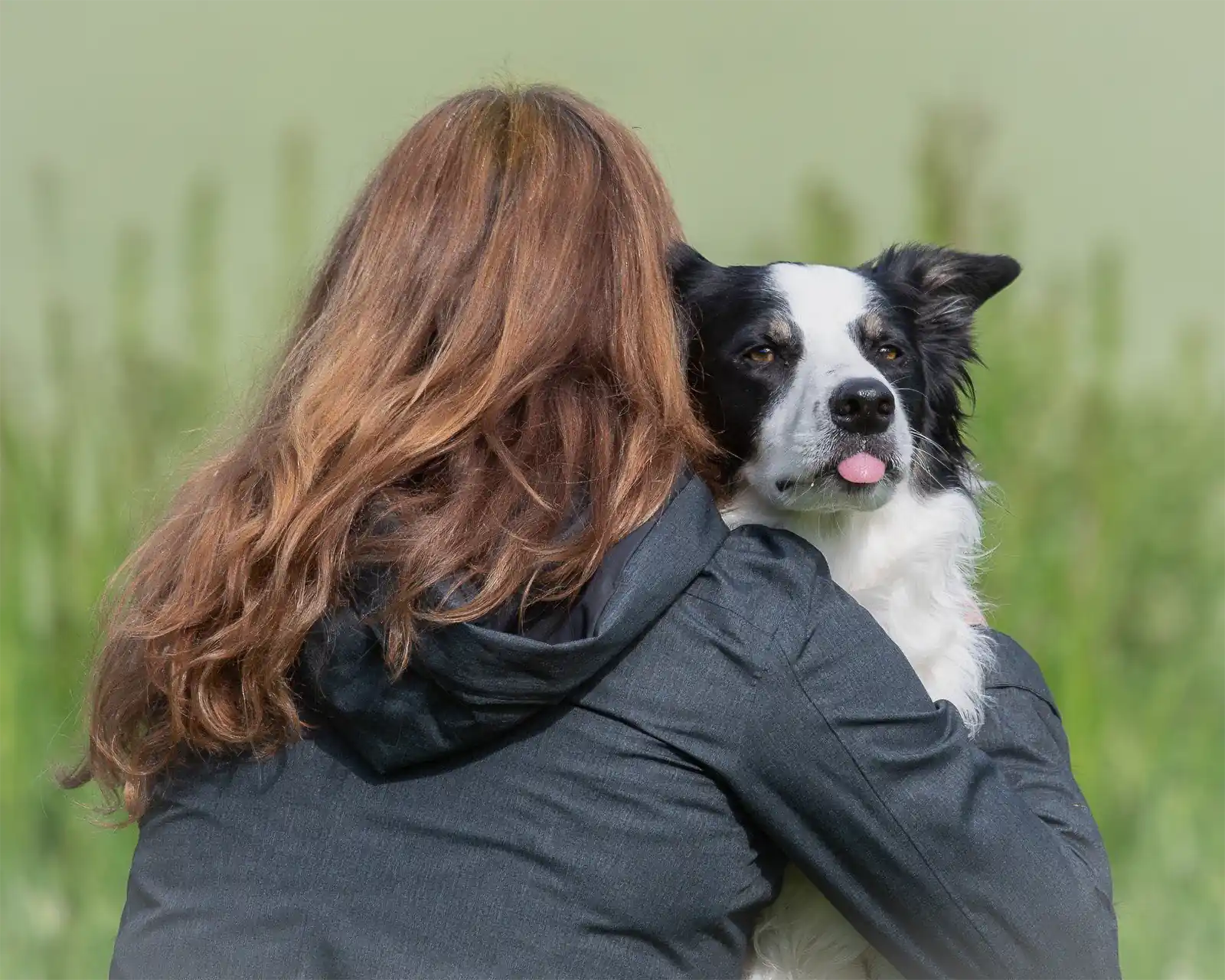
The Lasting Value of Connection in Dog Training
Our eventual goal is to create a dog that is neutral to the environment, a dog that casually notices events going on around him, and yet is highly responsive to us. Put some time into this on your daily walks. It’s the connection we create that helps shape the relationship we hold with our dog.
Ready to Strengthen Your Bond?
If you’re looking for hands-on support, explore our Vancouver dog training services for puppies, teens, adults, and reactive or rescue dogs.
Have questions? Reach out directly to Shannon at Zen Dog Canine Training—we’re here to help you and your dog make a lasting connection!
